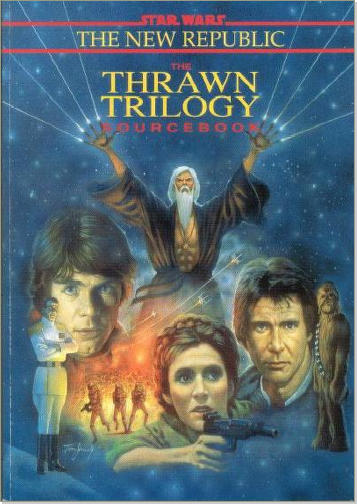
Top Shelf has already celebrated the Dark Empire Sourcebook as one of West End Games’ best sourcebooks and an excellent entry point for the fan interested in gaining familiarity with the roleplaying game sourcebooks. The sourcebooks WEG released for Timothy Zahn’s Thrawn trilogy, however, may be an even better introduction to the sourcebooks for the beginner. Rich in Expanded Universe lore, they flesh out Zahn’s trilogy with backstory and background information vetted by Zahn himself, providing an excellent avenue for those familiar with the Thrawn trilogy — and who isn’t? — to dip their toes in the sourcebook pool, while offering much to the experienced fan as well.
The West End Games sourcebooks are worth exploring for anyone interested in the Expanded Universe — ultimately, they’re the foundation of it. Though the books, comics, and Ewok paraphernalia produced around the movies are the earliest Expanded Universe material, they were largely ignored during the Expanded Universe boom of the nineties. It was WEG’s Star Wars roleplaying game, produced after the films concluded in the eighties, that began the task of building a systematic Expanded Universe, a dense web of background information, in the pages of its RPG sourcebooks. When Timothy Zahn kicked off the EU renaissance, he used the sourcebooks as reference material, building on an existing base. West End Games returned the favor by releasing sourcebooks expanding on each novel of the trilogy; the three were later collected in The Thrawn Trilogy Sourcebook, with relatively minimal cuts to the collected material.
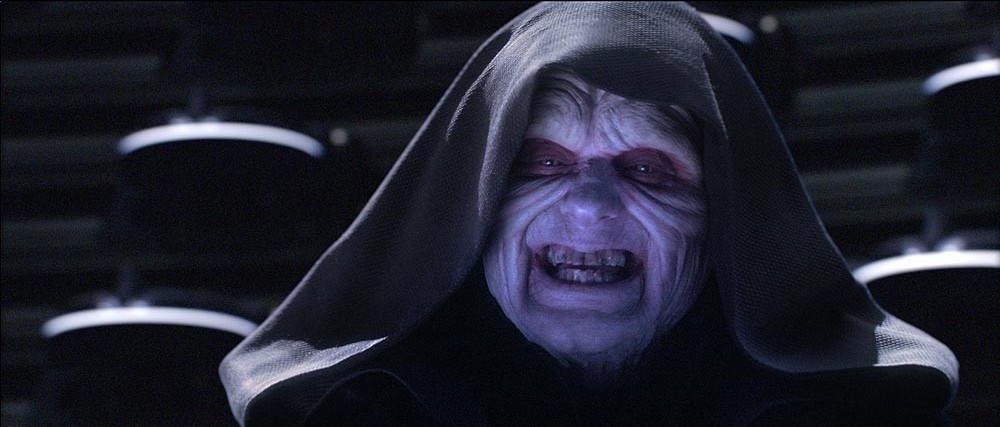
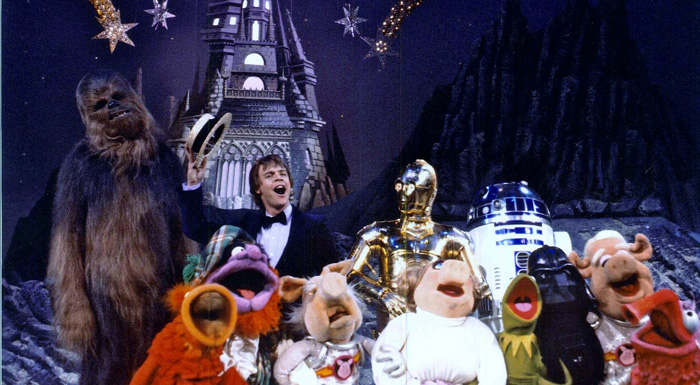
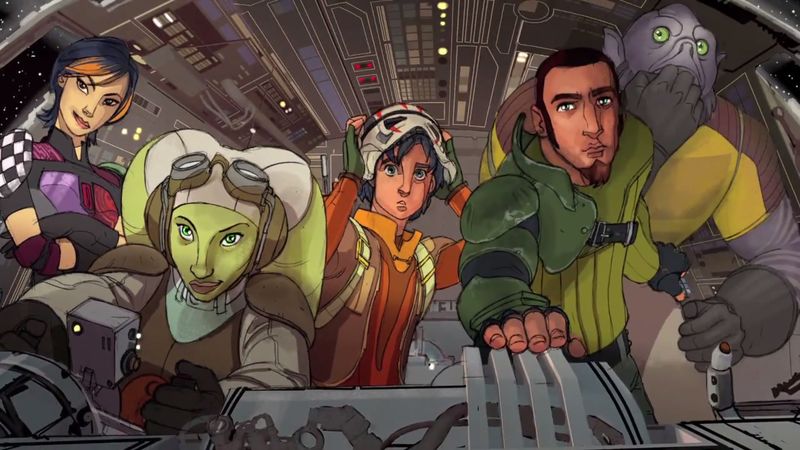
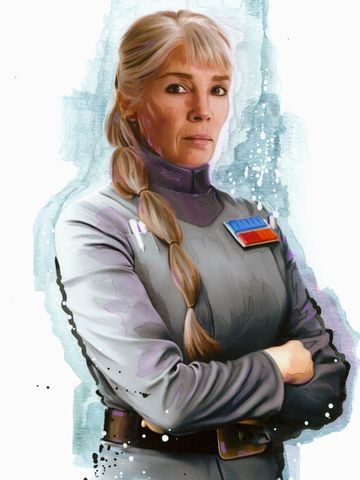 Recently on the Imperial Court Circular, we’ve discussed
Recently on the Imperial Court Circular, we’ve discussed 